In the year 2020, the world was turned upside down by a global pandemic that came to be known as COVID-19, a highly contagious respiratory illness caused by the novel coronavirus SARS-CoV-2. This unprecedented health crisis not only disrupted daily life on a massive scale but also tested the resilience of global health systems and international cooperation to an extent never seen before. The English translation of this event, "COVID-19 Pandemic in 2020: A Global Public Health Challenge and Strategies for Response," encapsulates the gravity of the situation and the urgency for collective action.
The Outbreak and Its Spread
The initial outbreak of COVID-19 was reported in December 2019 in Wuhan, China, and soon thereafter, it began to spread rapidly across the country and internationally. The English phrase "initial outbreak" translates to "initial epidemic wave" in Chinese, highlighting the gradual escalation of the situation. As the virus's transmission routes were not fully understood at first, it spread efficiently through human-to-human contact, particularly in crowded and poorly ventilated spaces. The term "highly contagious" in English translates to "extremely infectious" in Chinese, emphasizing the virus's rapid spread capabilities.
Global Impact and Challenges
The pandemic's global impact was profound, affecting every aspect of society—economic, social, and political. Businesses shuttered their doors, schools shifted to online learning, and daily life became a series of restrictions and precautions. The English term "shuttered" translates to "closed down" in Chinese, conveying the severity of the measures taken to contain the virus's spread. The phrase "shifted to online learning" translates as "transitioned to remote education," reflecting the rapid adaptation to a new normal.
Healthcare systems worldwide faced unprecedented strain, with hospitals overwhelmed by a surge in patients and shortages of medical supplies, particularly personal protective equipment (PPE) for frontline workers. The English phrase "shortages of medical supplies" translates to "lack of medical resources" in Chinese, emphasizing the comprehensive nature of the shortage. The term "personal protective equipment" is translated as "personal protective gear" in Chinese to emphasize its critical role in protecting healthcare workers.
International Cooperation and Response Strategies
In the face of this global threat, international cooperation became paramount. Countries shared information on the virus's characteristics, coordinated vaccine development efforts through initiatives like the COVAX facility, and provided assistance to those in need. The English term "coordinated vaccine development efforts" translates to "collaborative vaccine research initiatives" in Chinese, highlighting the collaborative nature of the process. The COVAX facility is translated as "global vaccine access facility," emphasizing its role in ensuring equitable access to vaccines worldwide.
Governments implemented various strategies to mitigate the pandemic's impact, including lockdowns, travel restrictions, and economic stimulus packages. The English phrase "lockdowns" translates to "quarantine measures" in Chinese, reflecting the drastic nature of these measures aimed at flattening the infection curve. The term "travel restrictions" translates to "border controls," emphasizing the role of travel in preventing the virus's spread. Economic stimulus packages are often referred to as "recovery plans" or "rescue packages" in Chinese, highlighting their role in cushioning the economic fallout.
Public Health Measures and Personal Responsibility
At an individual level, public health measures such as wearing masks, social distancing, and hygiene practices became essential for mitigating the spread of the virus. These measures are translated as follows: "wearing masks" translates to "face mask wearing," emphasizing its importance; "social distancing" is rendered as "physical distancing," reflecting its application beyond just social interactions; and "hygiene practices" are translated as "health hygiene routines," emphasizing their daily application.
Personal responsibility was also emphasized, with individuals being urged to stay informed about the latest developments, follow guidelines issued by health authorities, and prioritize their own health and that of their communities. The English phrase "stay informed" translates to "keep updated," emphasizing the importance of continuous learning and adaptation. The term "health authorities" is translated as "public health agencies," reflecting their role in providing trusted information during a crisis.
Lessons Learned and Future Prospects
The 2020 COVID-19 pandemic served as a wake-up call for global preparedness and resilience. It underscored
转载请注明来自爬爬百科,本文标题:《新冠疫情下的全球公共卫生挑战与应对策略》


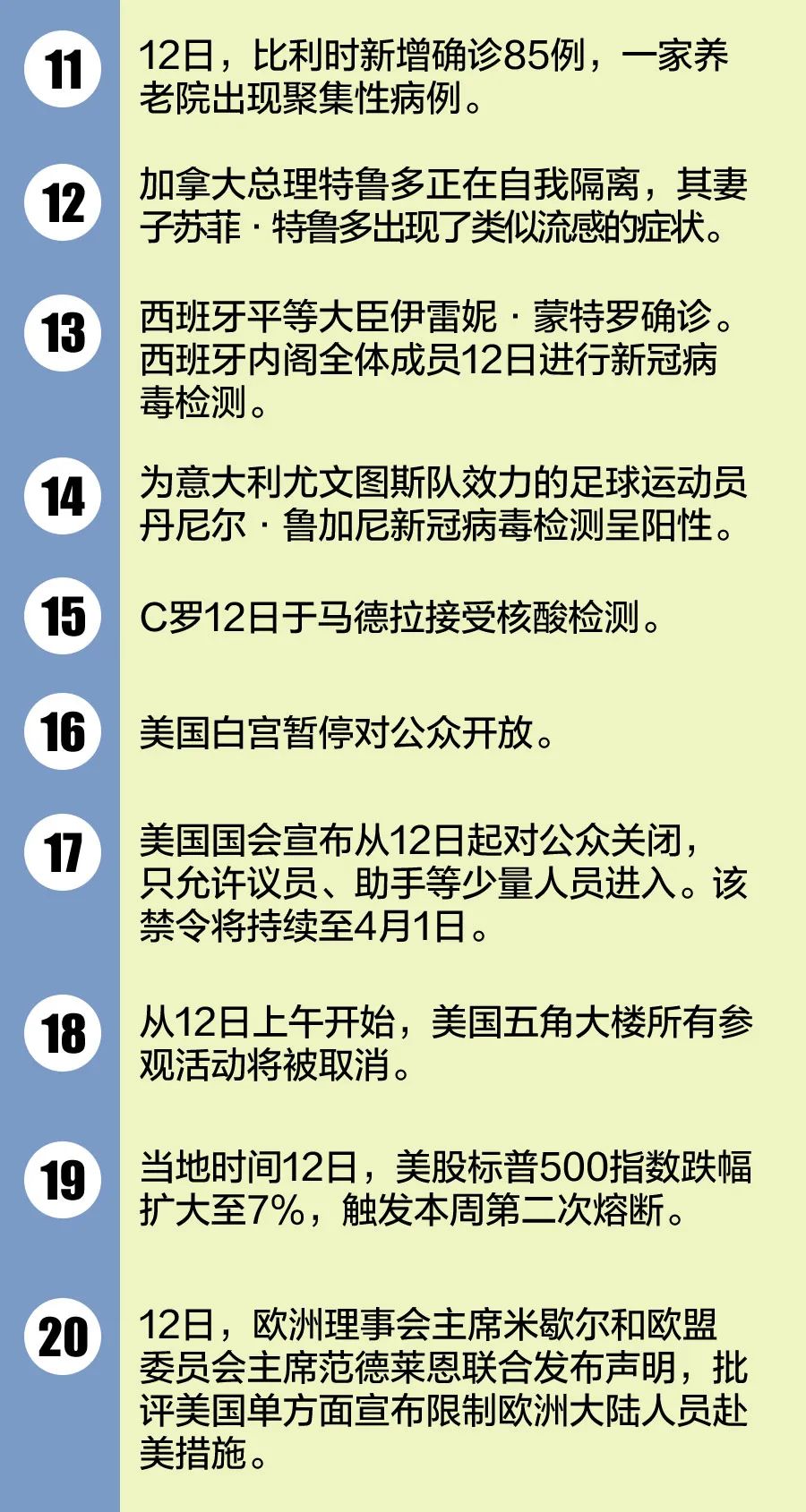
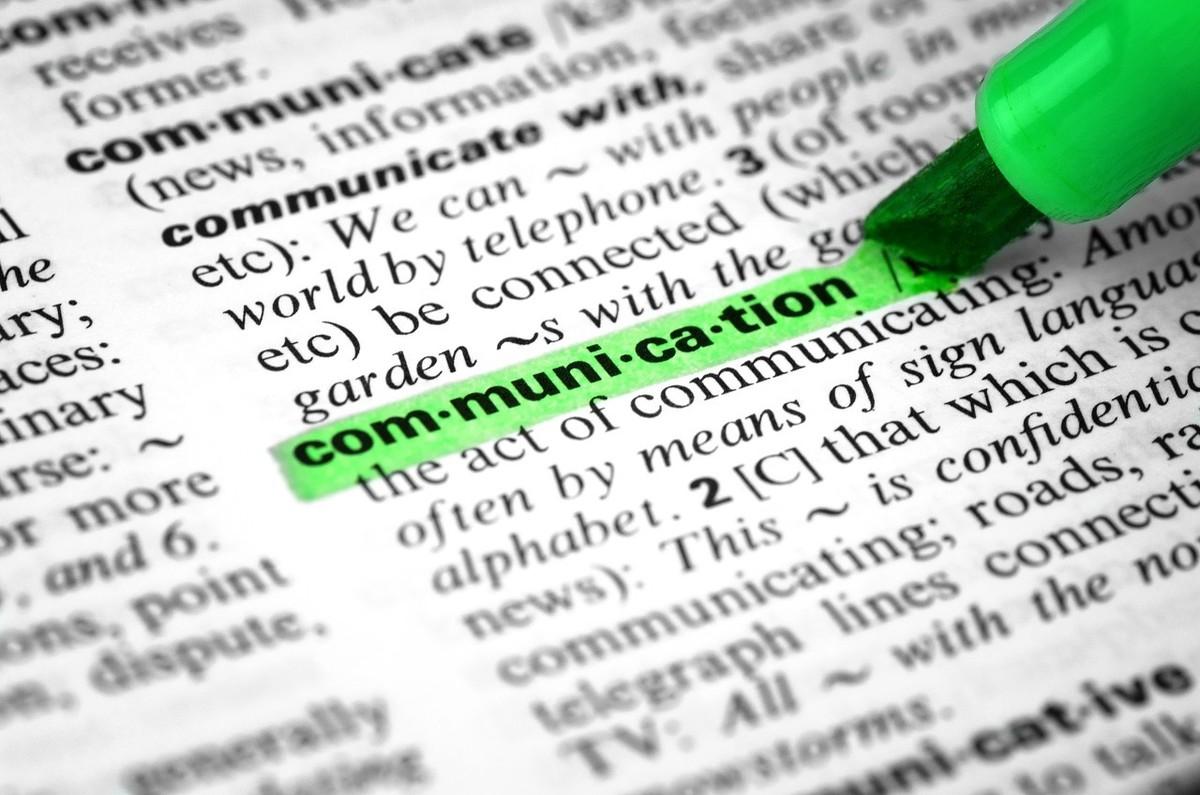
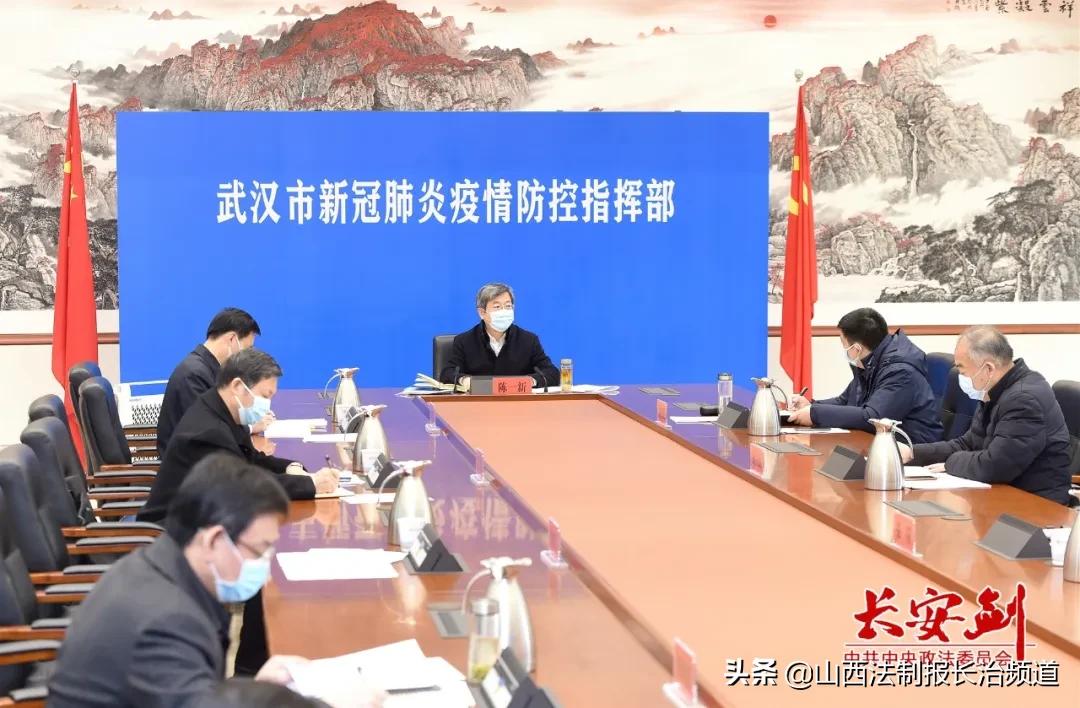
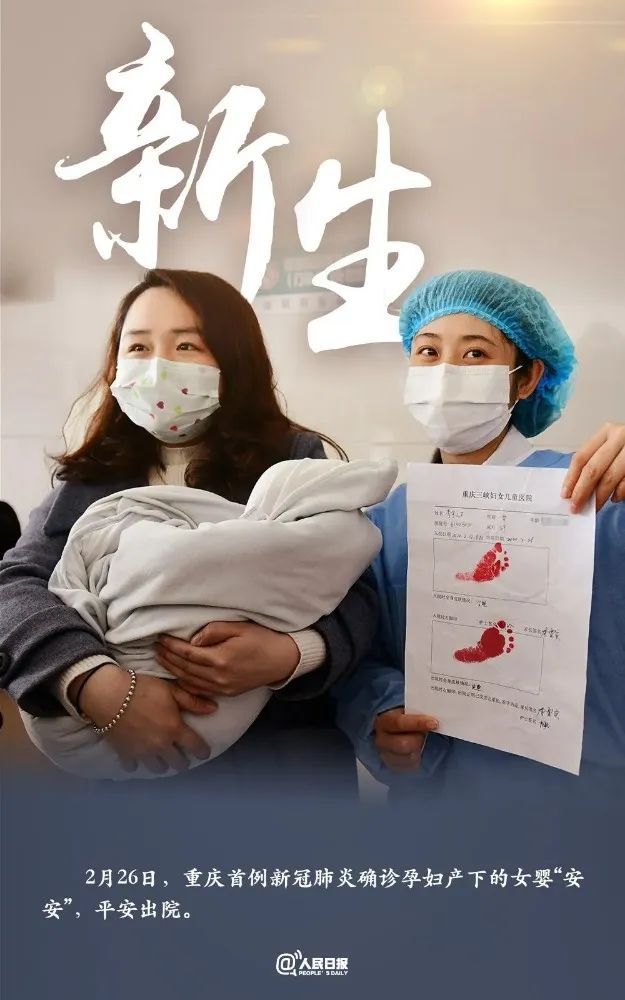

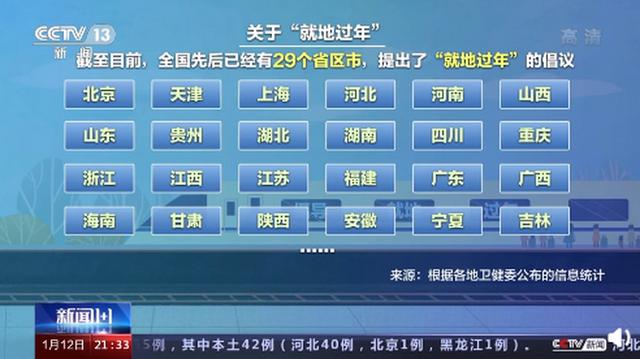
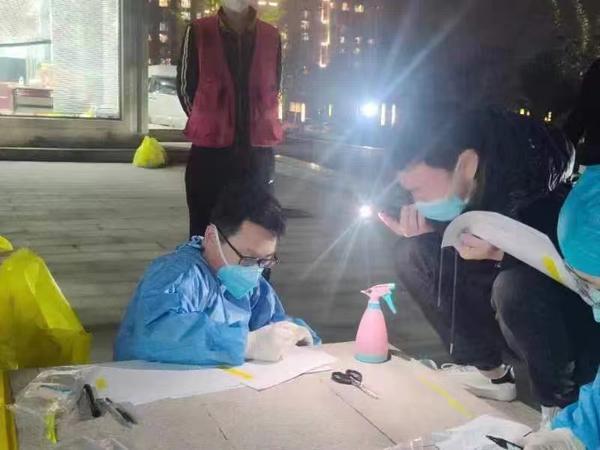
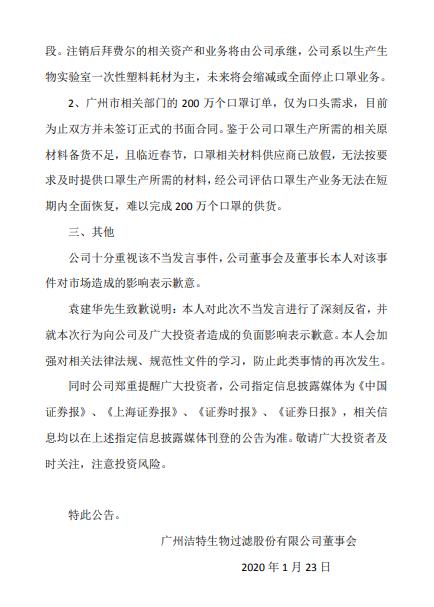

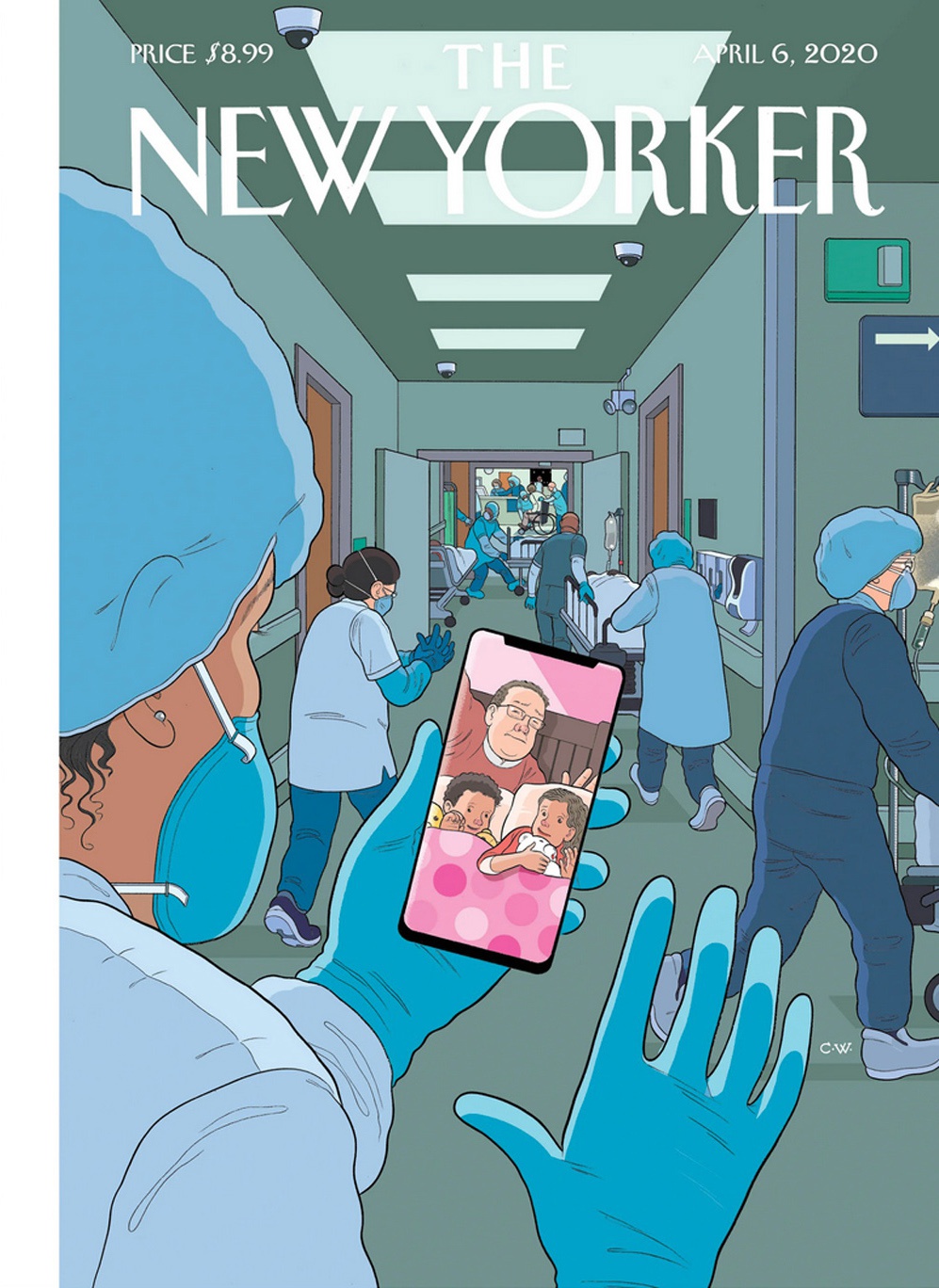
 京ICP备11000001号
京ICP备11000001号
还没有评论,来说两句吧...